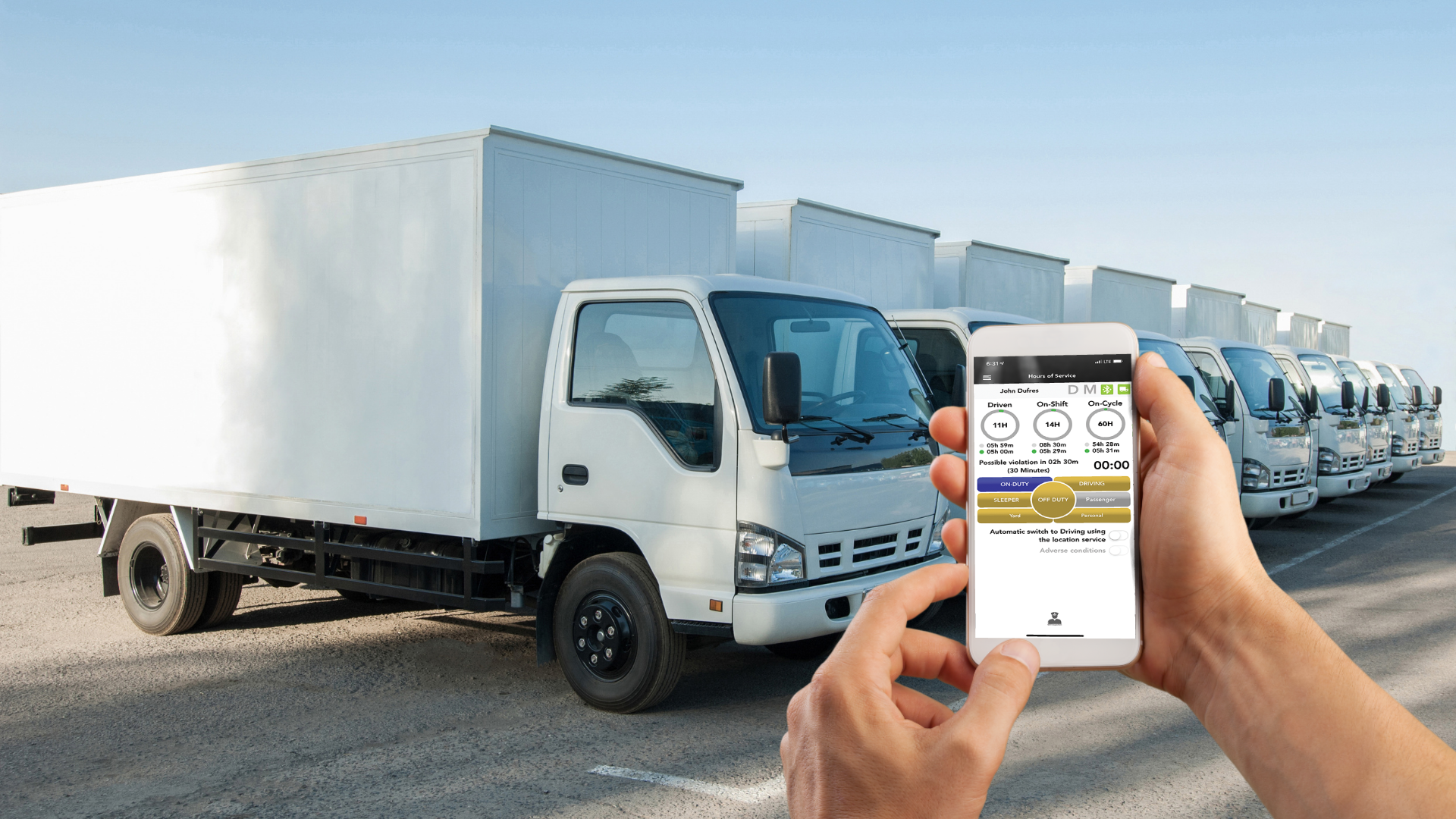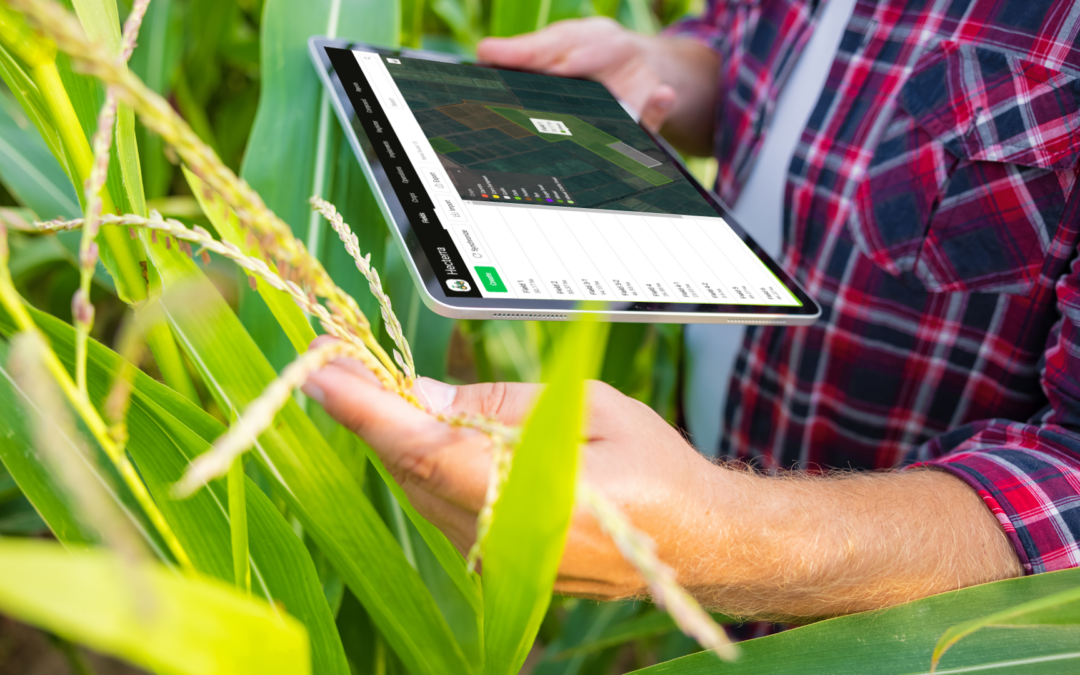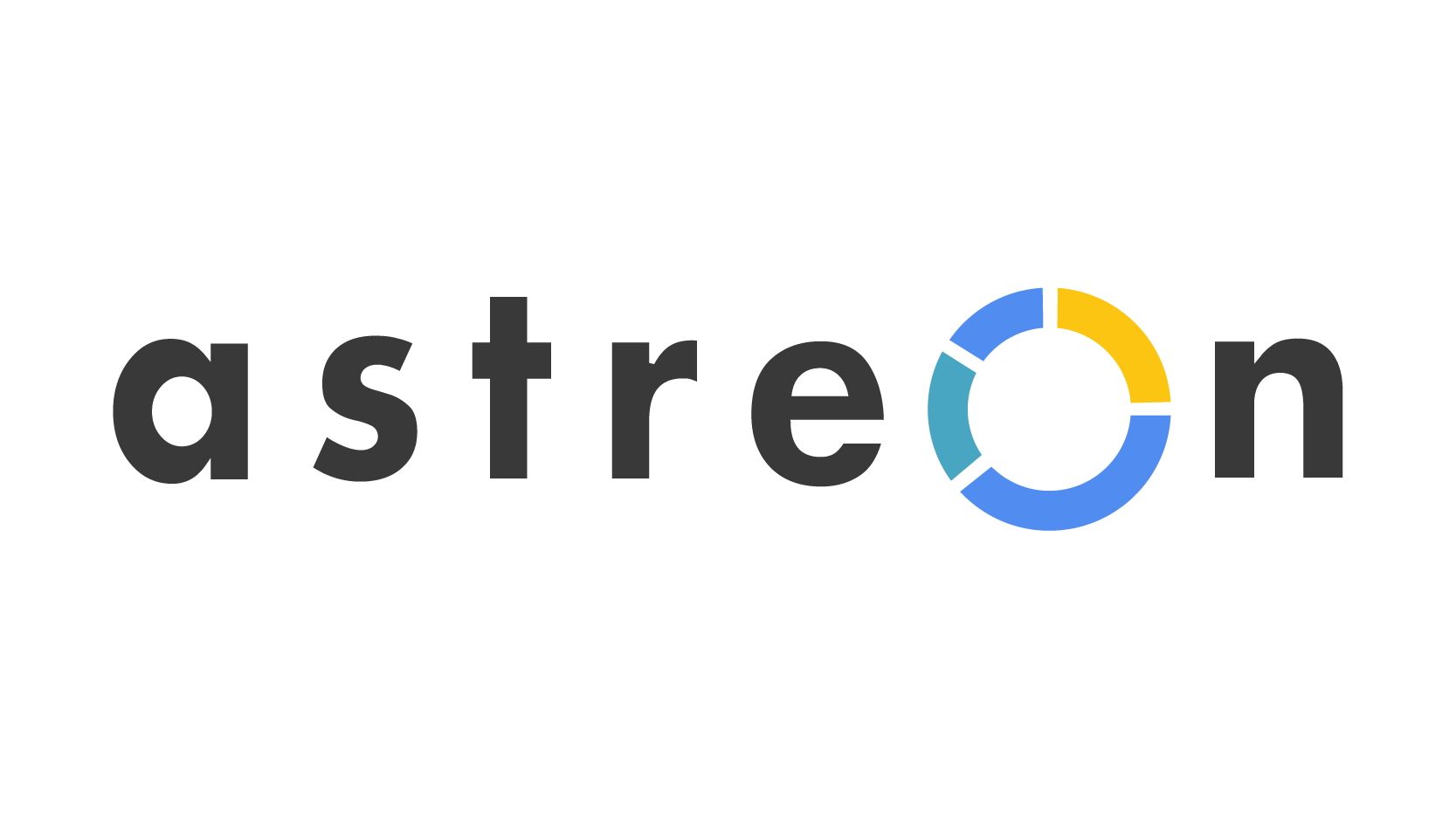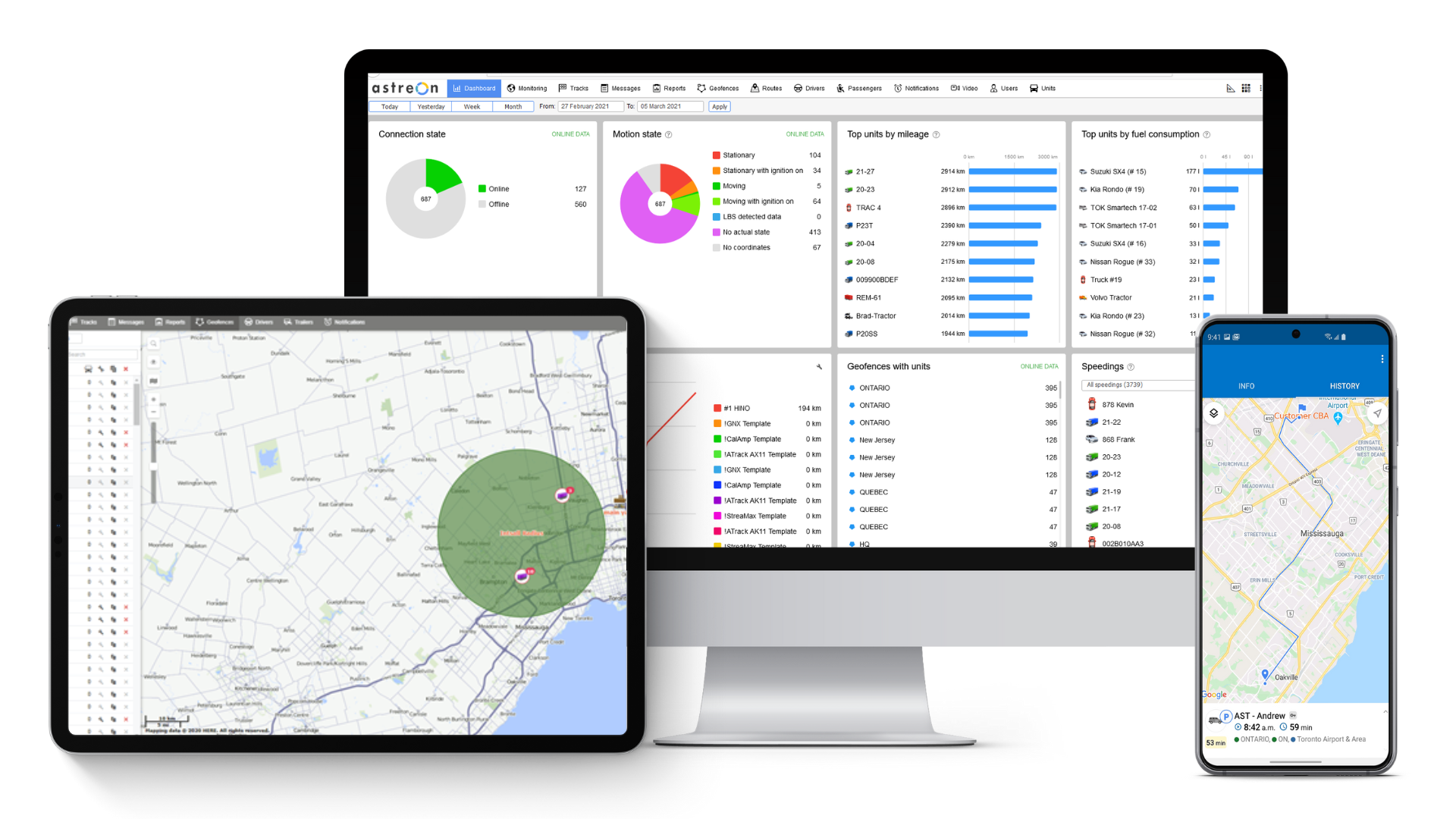
by Yumi | Oct 28, 2021 | ELD, HOS
If you are based in North America and in the commercial transport industry, you’ve already heard about the ELD (Electronic Logging Device) mandate. It’s been in effect in the U.S. since 2017 and Canada in 2021. For Canada, penalty enforcement will be exempted until...

by Yumi | Oct 14, 2021 | Agriculture, Hecterra
The agriculture and farming industry has embraced a major transformation with the new era of “Smart Technology” that is designed to help improve efficiency using telematics and GPS tracking technology. “Smart Technology” refers to operating farms by utilizing modern...

by Yumi | Oct 4, 2021 | Fleet management, Fleetrun, Fuel, Maintenance, Operation
Find how we can help you save on repair & maintenance costs






